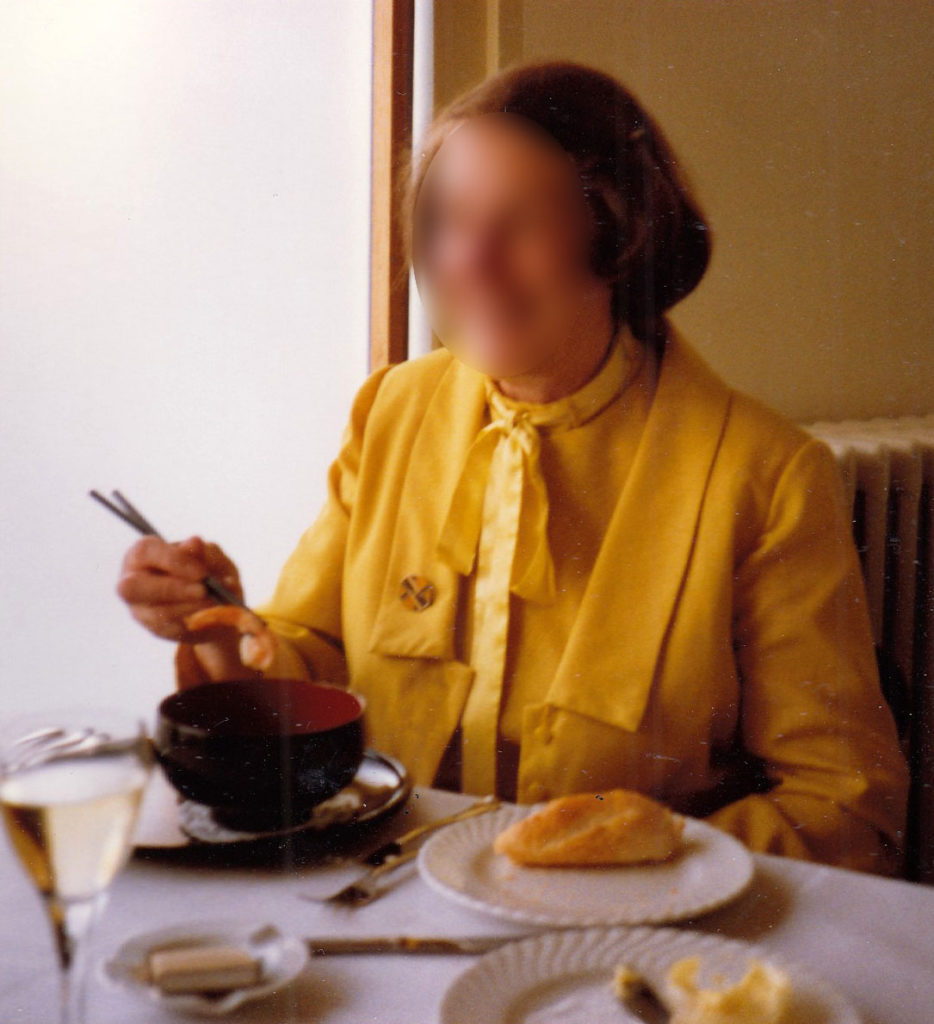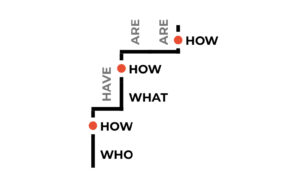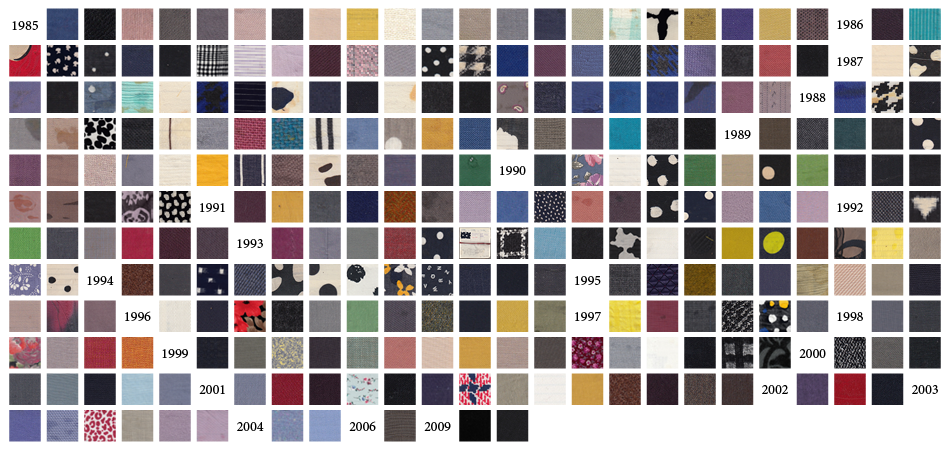
The value of data increases with size: the more data you have, the more your dataset is worth. But, personally, I’ve always been fascinated with tiny data – the stuff that is perhaps more collection than dataset, more anecdote than evidence.
Last year I stumbled upon some tiny data. On my late grandmother’s desk, right beside her Bernina sewing machine, stood a small basket with 24 diaries. In these diaries she documented her fabric purchases from 1985 until 2009.
Throughout her life, my grandmother made her own clothes. Each of the diary entries logs the origin of an outfit. Next to each swatch of fabric – attached to the page with now decaying glue – she has meticulously described every purchase:
- date
- shop
- width and length of fabric
- material
- price
- what she was planning to make
- date of completion (this was added in red ink once she completed the project, months or even years later)
Some pages also contain a sketch of the envisioned item of clothing, typically a coat or suit made from a Vogue pattern.
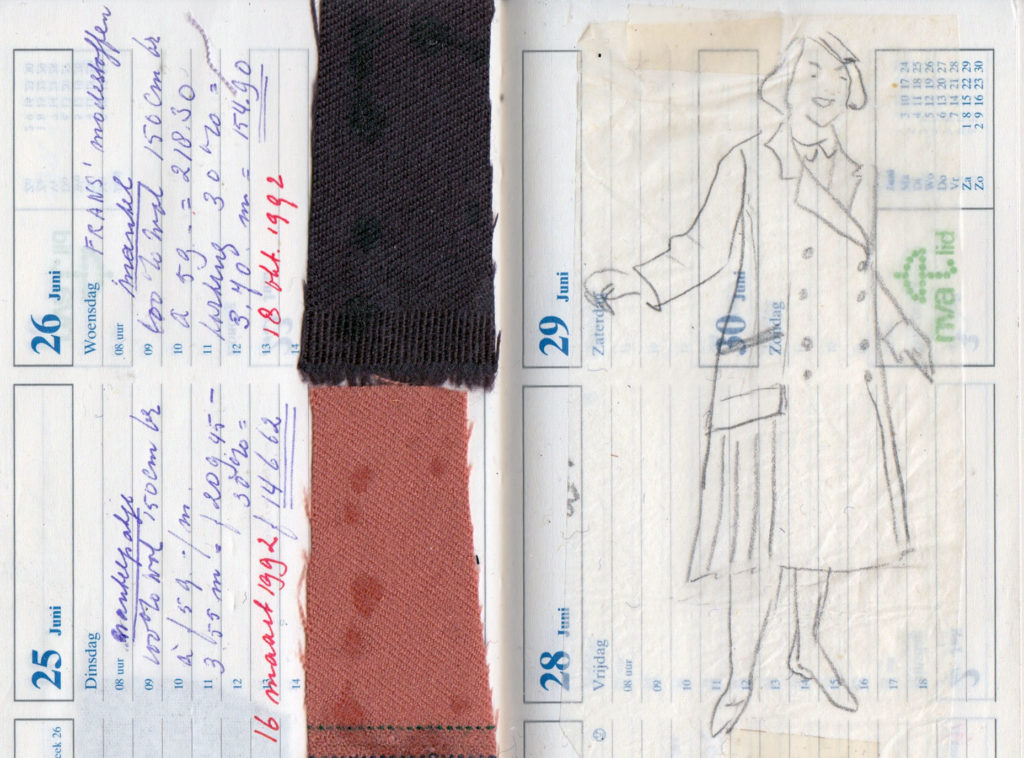
In total there are several hundred entries, from skirts to blouses and from dresses to bows (no blouse was ever complete without either a bow or a brooch, ideally both). The data allows me to calculate things like average fabric sizes (mostly between 1 and 3 meters) and to visualise fabric preferences over time (taupe and black and white patterns).
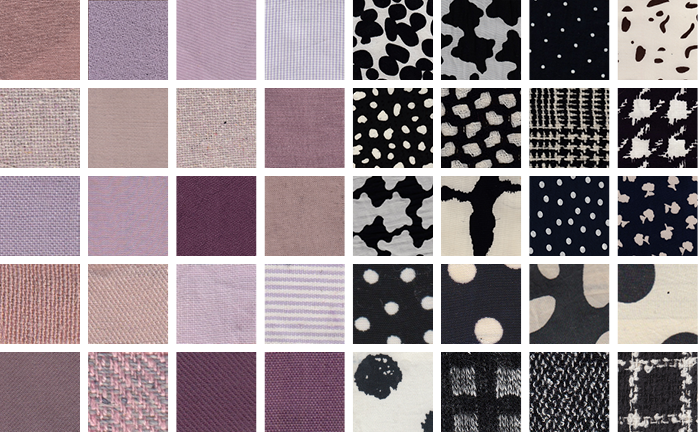
Each datapoint describes something unique: a special occasion (that dress for that wedding), a little mistake (having to buy extra fabric), an adventure (a trip to Cotswold Woollen Weavers). Several purchases are also bittersweet: sales that marked the closure of yet another fabric shop.
While the world around her became increasingly reliant on off-the-peg clothing purchases (“confection clothing”), she remained committed to high-grade fabrics and handmade designs – even if it meant having to travel further and further to obtain these materials. My grandmother’s dedication to quality is evidenced by the many creations that have now outlived her – ready to be worn by someone else for decades to come.
Taken together, these diary entries tell a story about craftsmanship. And the value of tiny data.
